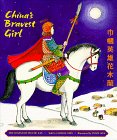When the Nazis invade Paris, Michael, a thirteen-year- old French-American, wants to be a part of the Resistance. Starting small, vandalizing Nazi propaganda and refusing to hail Hitler, Michael works his way into the full-blown Resistance, escorting American aviators to safe zones and delivering important spy documents. But when an injured pilot needs help to escape France, will Michael be brave enough to complete the mission? With historical notes, time lines, and maps to augment the page-turning action, it’s easy to see why School Library Journal says Boys of Wartime “will appeal to history buffs and reluctant readers alike.”
bravery
Hansel and Gretel
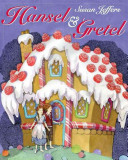
It’s a tale as timeless as storytelling itself: two children, lost in the woods, stumble upon a candy house that isn’t all that it seems. From Hansel’s trail of bread crumbs to Gretel’s ingenious triumph over the witch, the details of this familiar fairy tale enchant children year after year. Now, in an update on her classic retelling, Caldecott Honor winner and New York Timesbestseller Susan Jeffers brings Hansel and Gretelto life for a new generation.
The Beast and the Boy
A scary-looking beast and a weak-looking boy befriend each other and, through a daring rescue, show how deceptive looks can be.
China’s Bravest Girl: The Legend Of Hua Mu Lan
Calvin Coconut: Hero of Hawaii
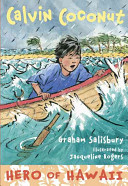
Hawaii boy Calvin Coconut has come up with the best idea ever for his sister Darci’s birthday party. But a huge tropical storm hits the islands and threatens everything. It rains and rains. And rains. The river next to Calvin’s house rises high. When Calvin’s friend Willy falls into the raging water, Calvin grabs his skiff to save him. As Willy is swept into the bay, Calvin struggles in the wild waves. What happens next shows Calvin what heroes are made of.
Scribbling Women
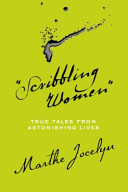
In 1855, Nathaniel Hawthorne wrote to his publisher, complaining about the irritating fad of “scribbling women.” Whether they were written by professionals, by women who simply wanted to connect with others, or by those who wanted to leave a record of their lives, those “scribbles” are fascinating, informative, and instructive. Margaret Catchpole was a transported prisoner whose eleven letters provide the earliest record of white settlement in Australia. Writing hundreds of years later, Aboriginal writer Doris Pilkey wrote a novel about another kind of exile in Australia. Young Isabella Beeton, one of twenty-one children and herself the mother of four, managed to write a groundbreaking cookbook before she died at the age of twenty-eight. World traveler and journalist Nelly Bly used her writing to expose terrible injustices. Sei Shonagan left poetry and journal entries that provide a vivid look at the pampered life and intrigues in Japan’s imperial court. Ada Blackjack, sole survivor of a disastrous scientific expedition in the Arctic, fought isolation and fear with her precious Eversharp pencil. Dr. Dang Thuy Tram’s diary, written in a field hospital in the steaming North Vietnamese jungle while American bombs fell, is a heartbreaking record of fear and hope. Many of the women in “Scribbling Women” had eventful lives. They became friends with cannibals, delivered babies, stole horses, and sailed on whaling ships. Others lived quietly, close to home. But each of them illuminated the world through her words.
Peter and the Wolf
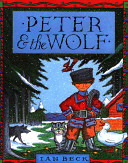
This book retells the orchestral fairy tale in which a boy ignores his grandfather’s warnings and captures a wolf with the help of a bird, a duck, and a cat.
Rimonah of the Flashing Sword
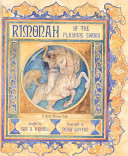
Goodness and bravery are rewarded in this version of Snow White.
The Man Who Tricked a Ghost
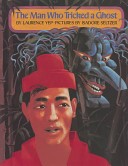
Sung, a brave man who is not afraid of ghosts, meets one on a dark road and tricks it into revealing its secret weakness.
The Magic Bean Tree: A Legend From Argentina
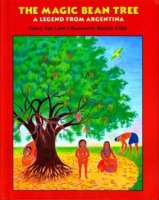
In the middle of the wide Argentine pampas there once grew a magic tree. Above this tree slept a bird so evil it could stop the rain from falling. And not far from this tree lived a brave boy who one day set out to save his village and all the creatures from dying of thirst. Illustrated with charming folk-art-like paintings and retold with simplicity and drama, this legend of a child’s courage and faith explains why Argentineans believe that good luck can be found in the shade of a carob tree.

